If the thought of a gin and tonic brings with it images of madras shorts, breezy porches and parties at the yacht club, or, on the other hand, unpleasant memories of youthful overindulgence — think again. A new crop of distinctive craft gins — four of them made right here in Maine — is changing the way many people think about the juniper-scented spirit.
Before it became respectable, gin morphed from medicine to menace. According to “The Book of Gin,” by Richard Barnett, its earliest incarnation was “a fortifying cordial made at monastic medical schools in eleventh-century Italy.” In Dickensian England, debauchery and even murder were attributed to excessive gin drinking, and “bathtub gin” kept Prohibition’s flappers doing the Charleston. But while gin became smoother and more refined, its flavor remained fairly uniform.
“Up until about 20 years ago, gin hadn’t changed in a long time,” said Andrew Volk, cocktail expert and proprietor of Portland Hunt and Alpine Club, a cocktail bar set to open on Market Street in the Old Port later this summer. “As you see these craft distilleries opening up, there’s not an easy way to categorize it in terms of flavor, but it’s kind of an American-style gin.”
With the launch of its Alchemy gin on July 3, Maine Craft Distilling in Portland’s East Bayside neighborhood became the fourth distillery to produce “American-style gin” in the state. Alchemy joins Back River gin from Sweetgrass Farm Winery & Distillery, Maine Distilleries’ Cold River label and New England Distilleries’ Ingenium, each of which has a signature flavor profile.
Small craft distilleries often make their debut with gin because it doesn’t require the time, expense and labor that making an aged spirit, such as whiskey, would take, said Volk. All gin starts as a neutral spirit, distilled from grain, or in the case of Cold River, potatoes, which is then infused with juniper and other spices, what distillers call “botanicals,” in a combination that is often proprietary and, increasingly, intensely local.
“Out in the Pacific northwest you see lots of high-desert gins,” flavored with dry herbs indigenous to that region, said Volk. “Gin is starting to take on a broader category; not just London dry, not just juniper-heavy with some citrus notes in the back. What’s cool about gin is that there’s no strict categorization.”
MAINE CRAFT DISTILLING founder Luke Davidson describes Alchemy gin as a “a dry gin, very juniper-forward.” For his initial bottling, he used herbs from his own farm in Freeport — he won’t divulge the mix except to say it contains coriander and cardamom — and juniper from out of state. His goal, however, is to make a gin using Maine-grown juniper.
“We’re trying to put as much of the region into the bottle as we can,” said Davidson, whose debut line also includes Black Cap vodka and Ration rum. The molasses that is the basis for the rum comes from Canada; the vodka and gin are distilled from barley grown by the Maine Potato Growers Group.
“The shelves are full of spirits, so we went out to see what we could do that was different … to put the terroir concept into it as much as we can.”
Davidson has four more products waiting for government labeling approval, which he says should be ready later this summer: 50 Stone whiskey; Blueshine (moonshine made with Maine blueberries); QueeQueg spiced rum; and an especially distinctive gin made from carrots. It’s called Chesuncook, a Native American name meaning “where the waters merge.”
Why carrots? Because they’re easy to grow and there are plenty of non grade-A carrots rejected by the processing industry, Davidson said.
“We tried it, and it made a wonderful product. We combined what was essentially a carrot eau de vie with the grain spirit and botanicals. It’s a very different flavor, earthy in a pleasant way.”
After sampling both of Maine Craft Distilling’s gins, I agree. Where Alchemy has a flavor somewhere between a crisp London dry gin and the sharply herbaceous Dutch-style gins, Chesuncook, which is pale brown in color, is softer and subtler. Its botanical mix includes mint, coriander, basil, cardamom and lemon peel, Davidson said.
Volk and other Portland bartenders had their own opportunity to taste Maine Craft Distilling’s gins — and other spirits — at a special event on Monday.
“What’s exciting is that these options are local; they’re right down the street,” Volk said. “I can shake the distillers’ hands and look them in the eye and talk with them about their products.”
THE FIRST GIN to be launched in Maine is especially representative of the state. Back River Gin, which Sweetgrass Farm Winery & Distillery in Union debuted in 2007, has Maine blueberries in its mix of botanicals. To come up with the formula, owners Keith and Constance Bodine “drove the whole state tasting the blueberries and finding out where they tasted best,” said Constance. They distill other spirits, but the gin is their best seller.
Sold only in Maine, Back River, distilled from corn, has an especially smooth, clean flavor. While Keith likes it neat, “you can mix it into a nice cocktail and have it stand out,” Constance said.
Steve Lovenguth, a bartender at The Salt Exchange in the Old Port, says Back River works well in a version of the English classic, the Pimm’s Cup.
“That gin cocktail is the most popular cocktail on our list right now,” said Lovenguth. “Everything comes back around. For martinis it’s still about two-thirds vodka and one-third gin, but orders for gin are definitely picking up.”
AT MAINE DISTILLERIES in Freeport, Chris Dowe makes his Cold River gin from Maine potatoes. More widely available than the Bodine’s boutique gin, Cold River, first released in 2010, appears on cocktail menus in Portland and well beyond, touted for its citrus/spice balance and the fact that it is gluten-free. At Outliers in the West End, they mix a version of the venerable French 75 with Cold River, simple syrup and fresh lemon juice topped with prosecco.
INGENIUM GIN, introduced by Portland’s New England Distilling in April 2012 is, like Alchemy, distilled from Maine-grown barley. Owner Ned Wight says that the flavor is more like gin’s Dutch cousin, genever, with a botanical mix that incorporates Asian exotics — lemongrass, cubeb berries (an Indonesian spice in the pepper family) and rose petals in addition to the traditional juniper and citrus peel. “It’s a unique style, and it allows us to showcase the grain more than the London-style,” he said.
Wight and his fellow Maine distillers acknowledge that sipped alone, their gins with their distinctive flavors may not be for everyone. That’s where the bartender’s expertise comes in.
“A lot of the American gins are very mixable,” said Volk. “What’s fun about mixing with gin is that the botanicals play very well with citrus. It’s a very versatile product. I like telling people it’s really the original flavored vodka. You come across people who say, ‘I don’t like gin’ but they are reassessing it because it’s now a local product and it’s a craft product. You can generally mix them something they will enjoy.”
While any of these new gins are refreshing in a classic gin and tonic, especially mixed with an artisanal tonic like Q or Fever Tree brand, Volk has a particular gin-cocktail favorite.
“One that I was turned onto early on that opened my mind to what cocktails could be is called the White Lady. It dates back to just before Prohibition and includes gin, lemon juice, Cointreau and egg white. It’s one of those classic, old, dry citrus cocktails.”
Except that it’s new again, just like gin.
Content producer Susan Axelrod can be reached at: saxelrod@pressherald.com
Send questions/comments to the editors.

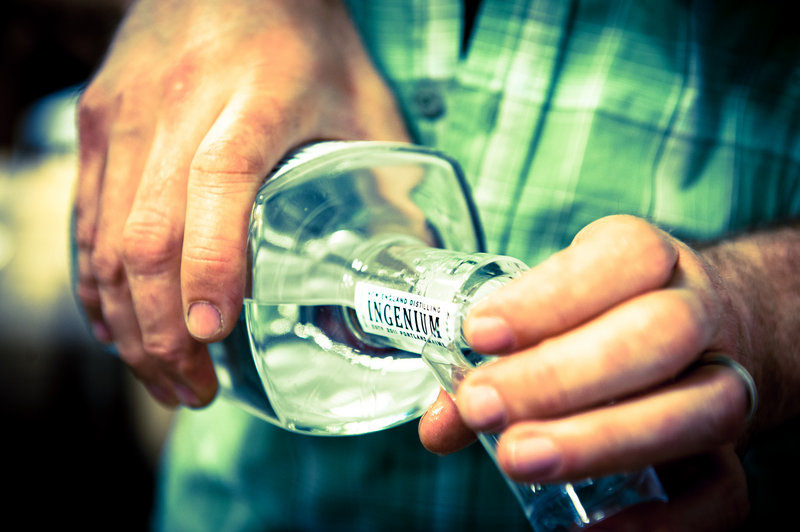
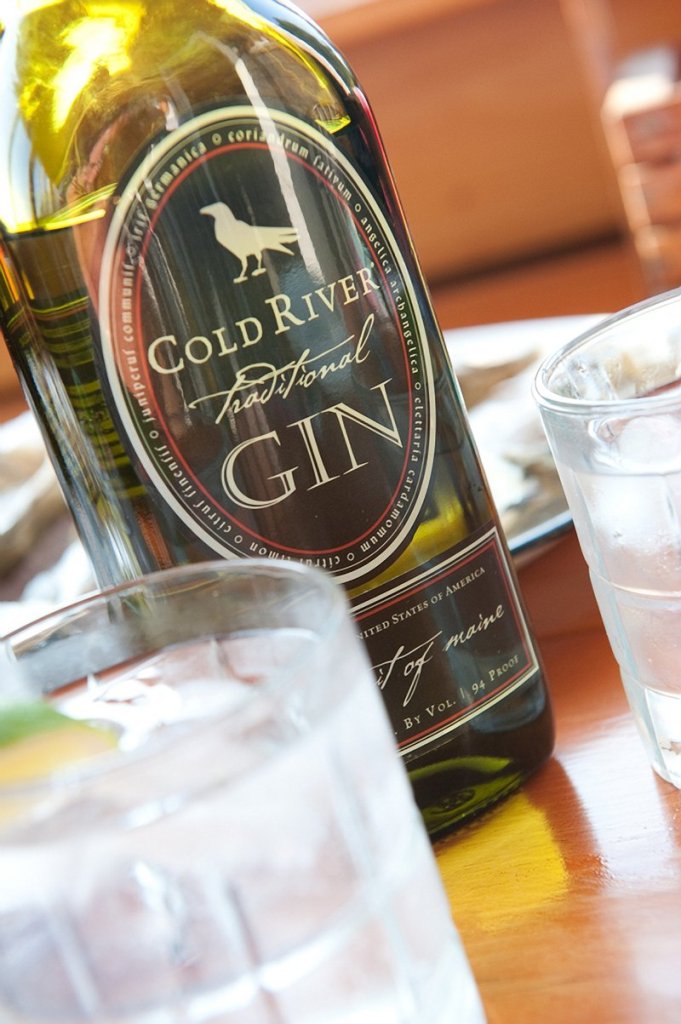
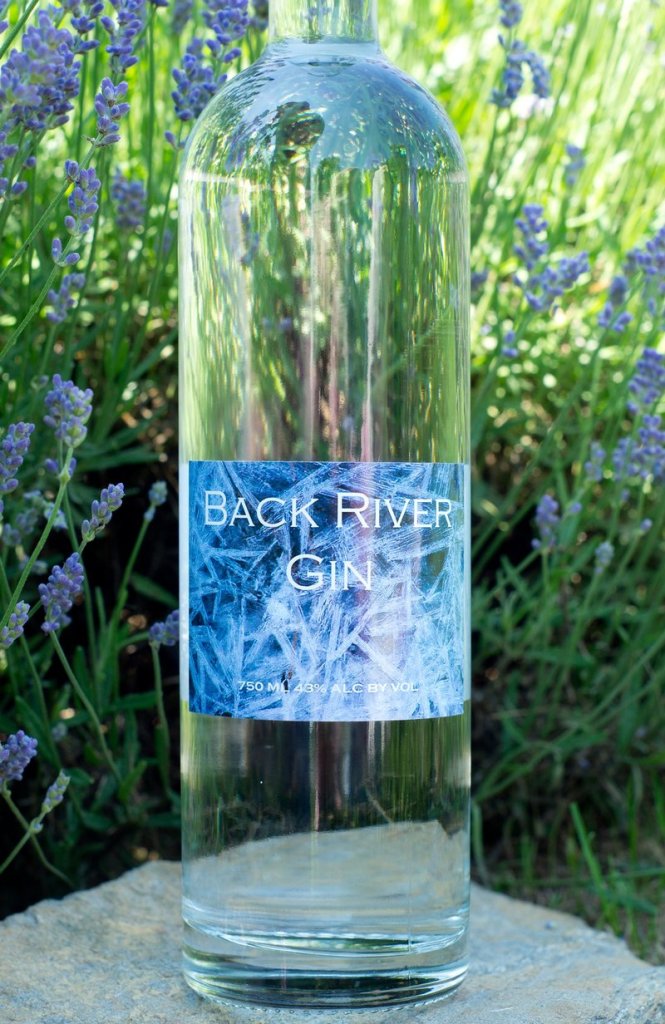
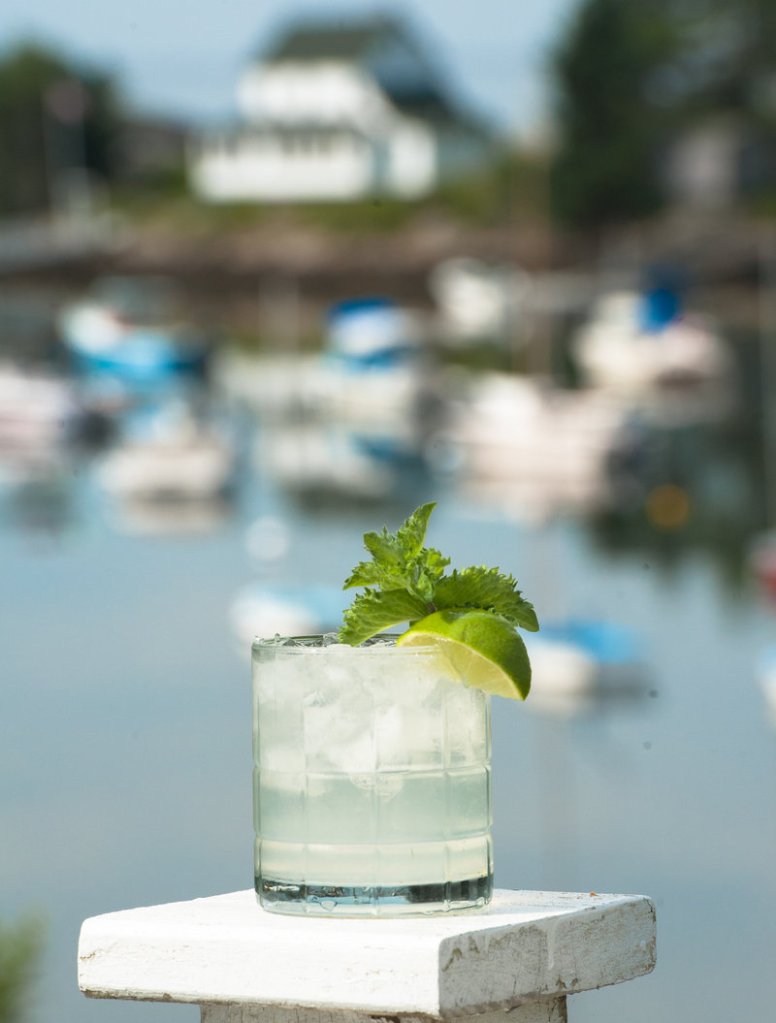
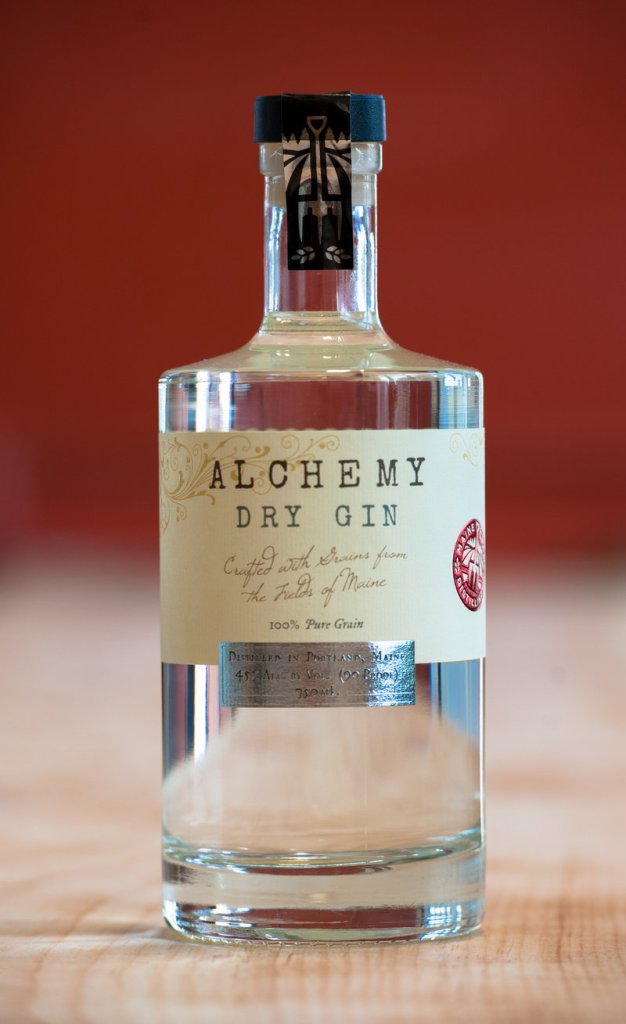
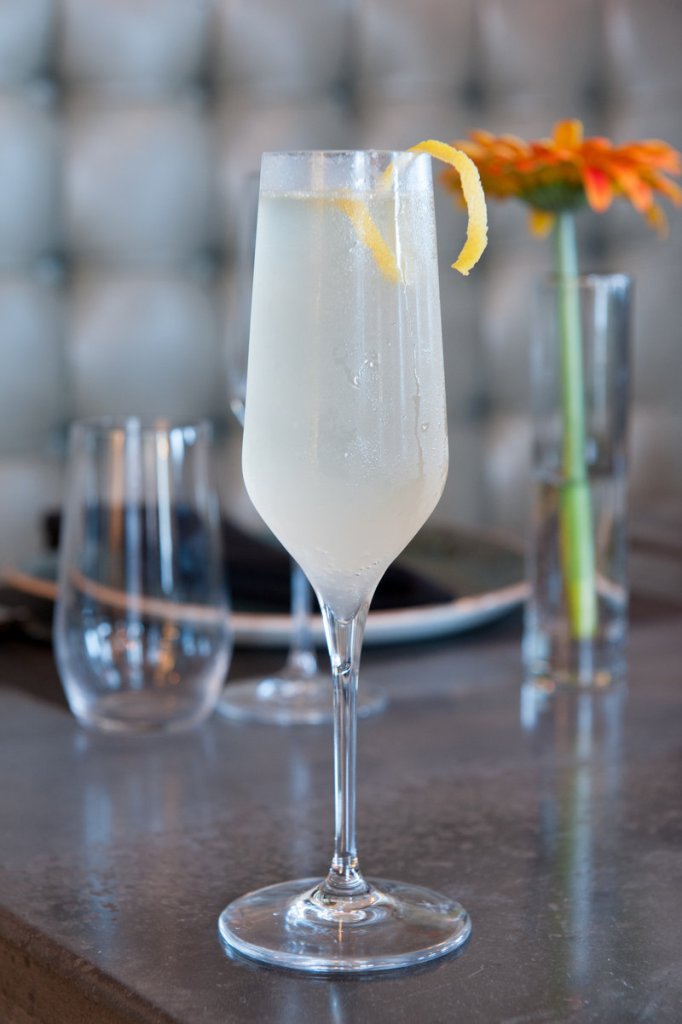
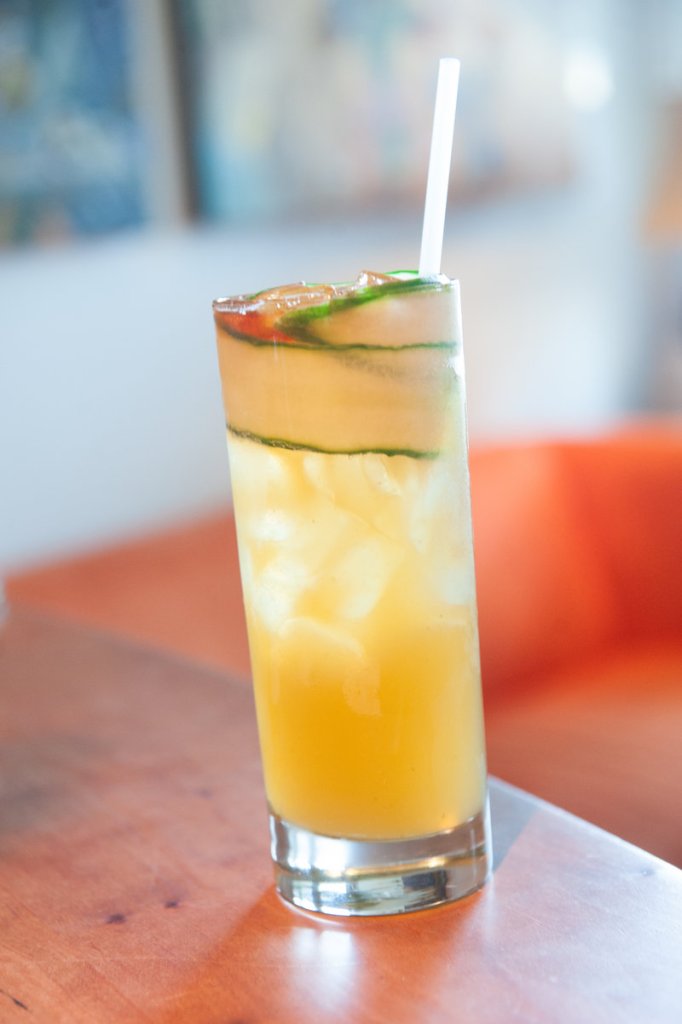
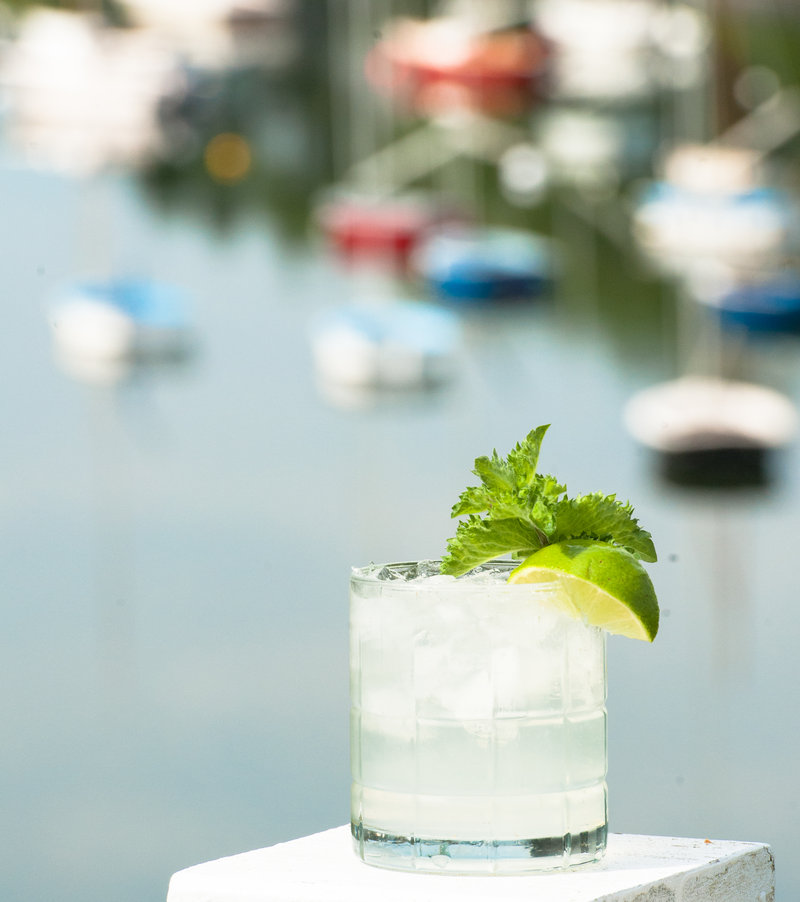

Success. Please wait for the page to reload. If the page does not reload within 5 seconds, please refresh the page.
Enter your email and password to access comments.
Hi, to comment on stories you must . This profile is in addition to your subscription and website login.
Already have a commenting profile? .
Invalid username/password.
Please check your email to confirm and complete your registration.
Only subscribers are eligible to post comments. Please subscribe or login first for digital access. Here’s why.
Use the form below to reset your password. When you've submitted your account email, we will send an email with a reset code.